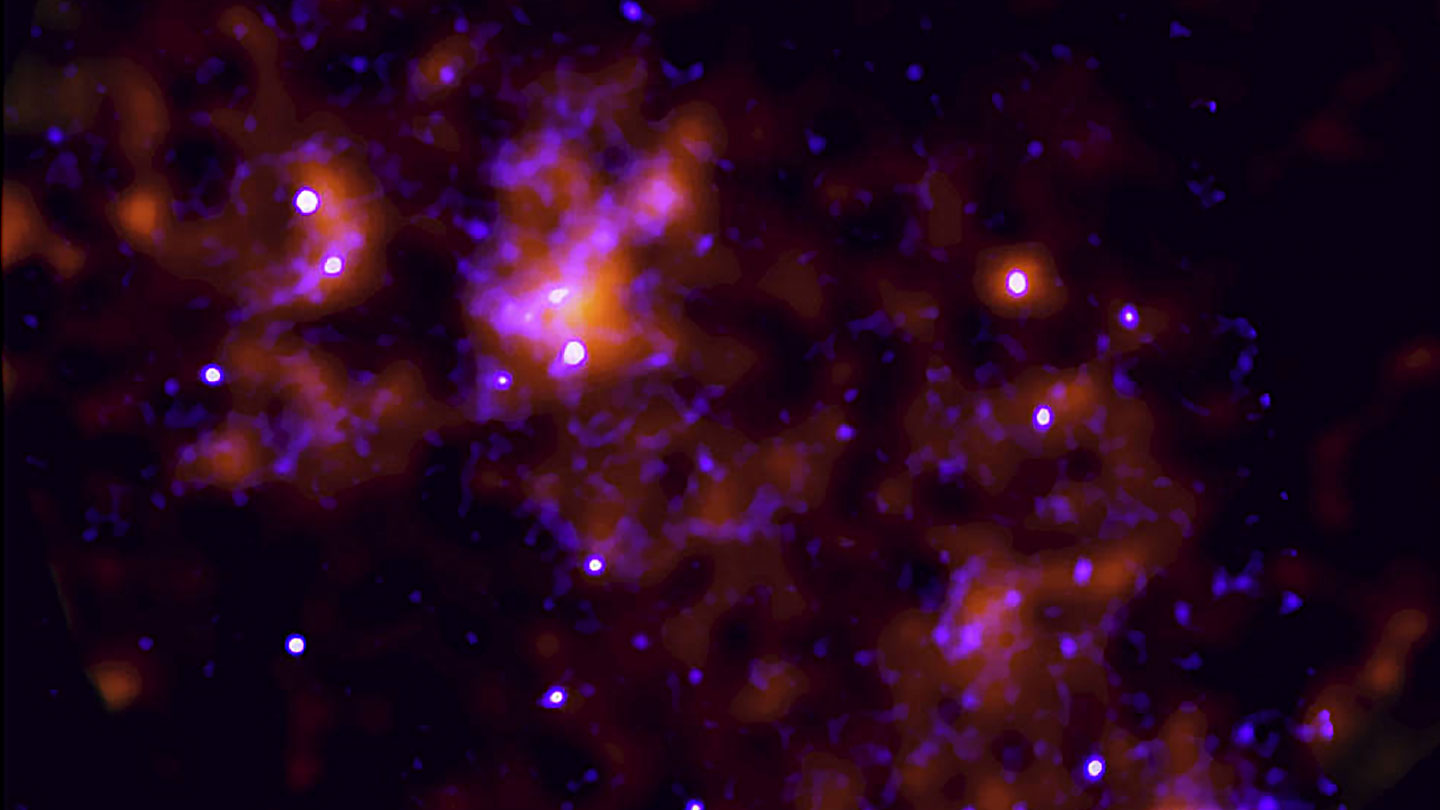Sometime between the American Revolution and the California gold rush, the black hole at the Milky Way’s heart woke up.
At about 26,000 light-years away, “Sagittarius A* is the closest supermassive black hole to us,” says astronomer Frédéric Marin of the University of Strasbourg in France. “But it’s dormant.” If the black hole is accreting material from its surrounding disk of gas and dust at all now, it’s at a low rate, making the behemoth difficult to observe (SN: 5/12/22).
About 30 years ago, astronomers detected bright X-rays from large gas clouds in the galactic center. One explanation was that at some point, Sagittarius A* shot an X-ray pulse into space after eating some cosmic material, and the clouds recorded the afterglow (SN: 4/24/08). But other X-ray sources were possible.
Marin and colleagues used NASA’s Imaging X-ray Polarimetry Explorer satellite to measure the polarization, or direction, of the X-rays. “This direction can act as a compass, pointing to the source of emission,” Marin says. And it pointed straight at the black hole.
2023-06-28 08:00:00
Post from www.sciencenews.org
